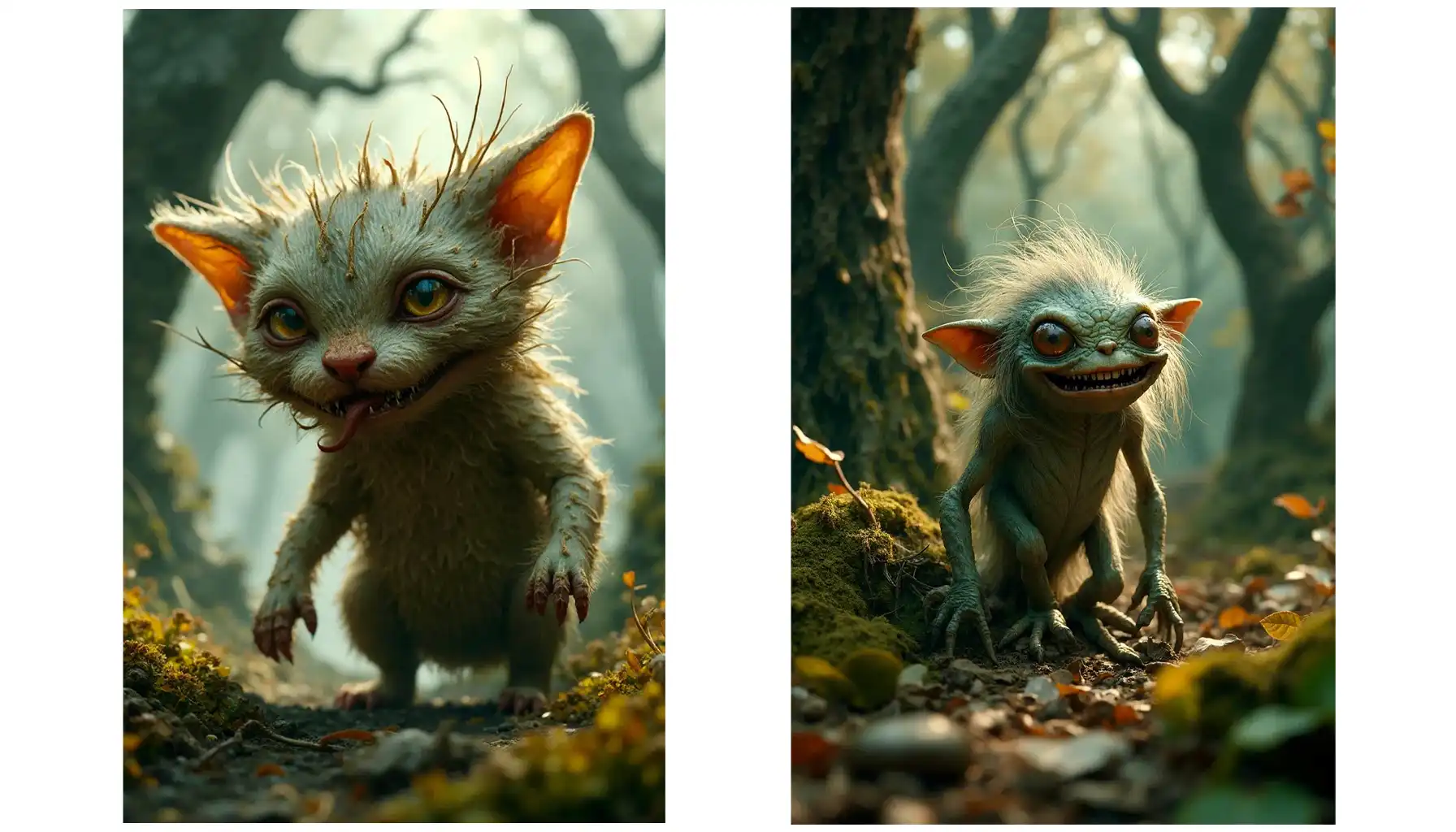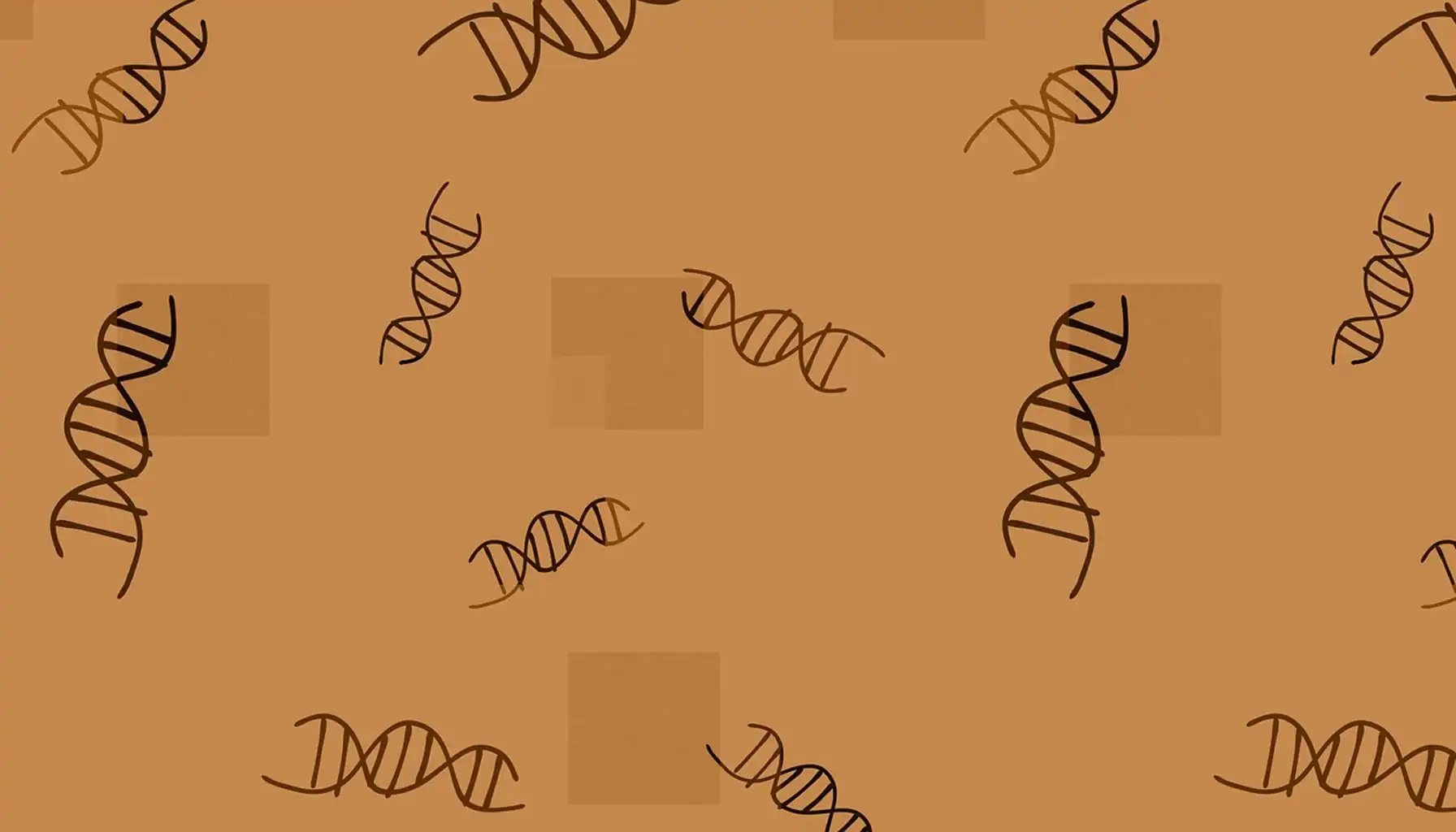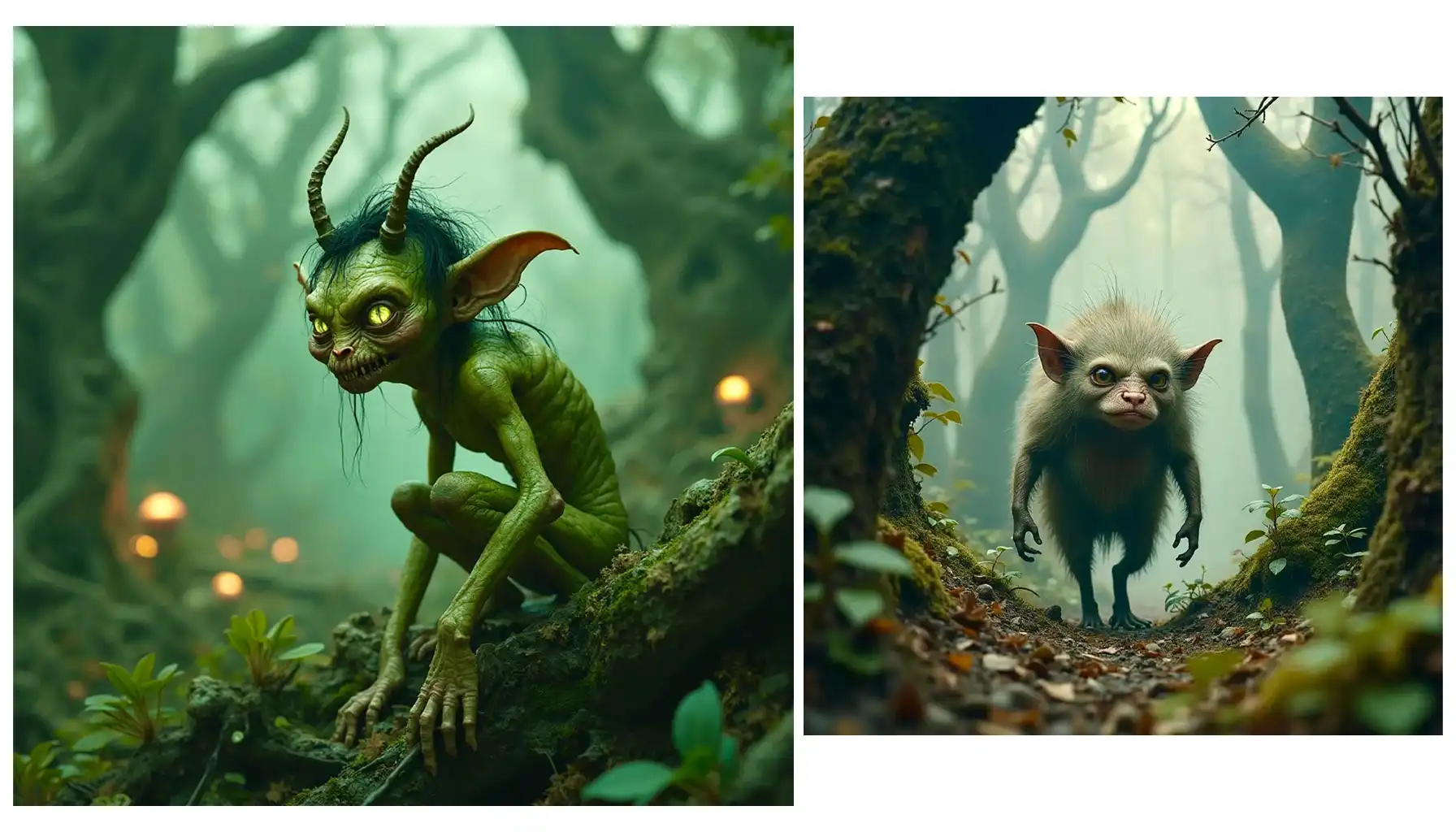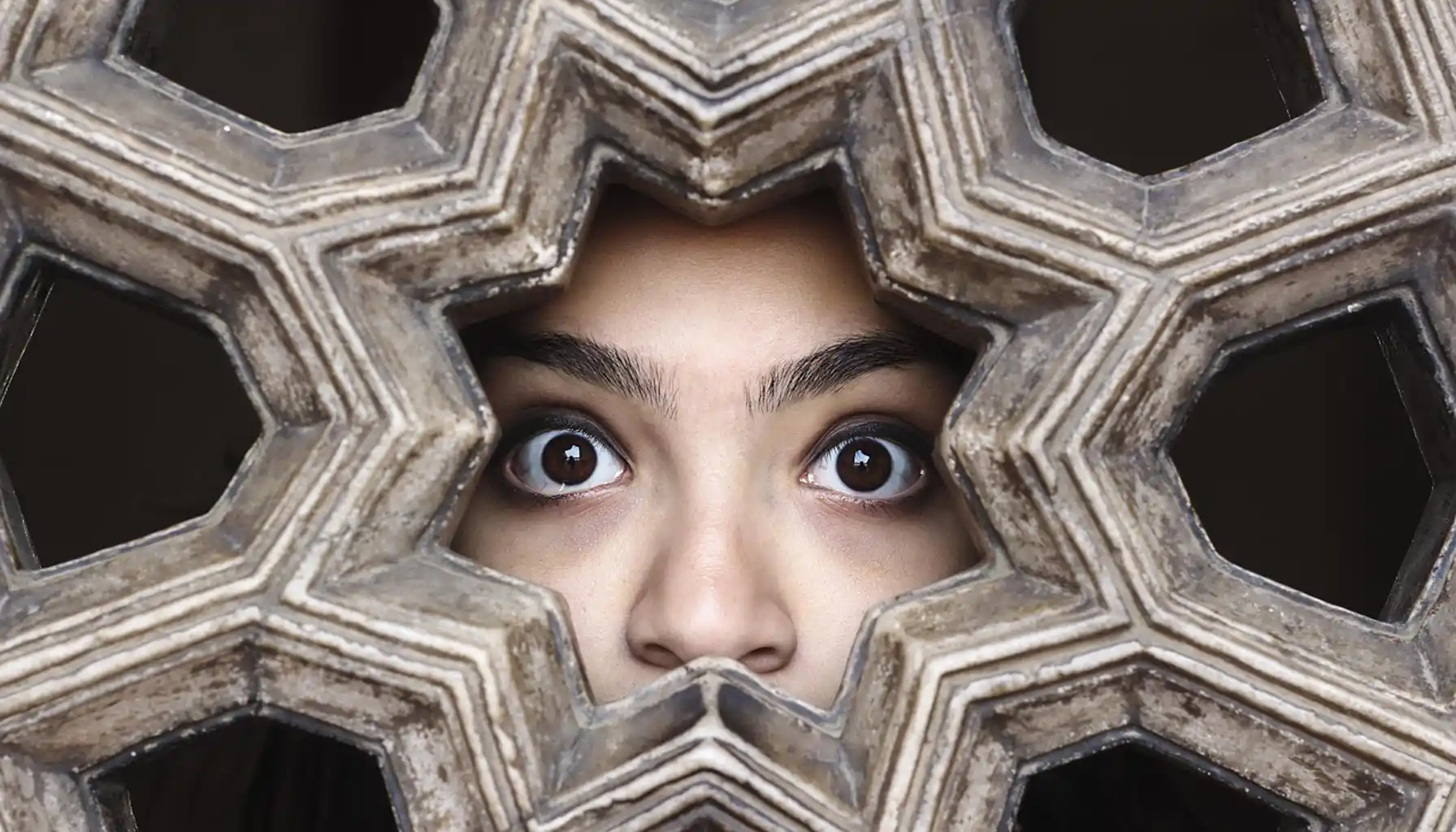Contents:
Fun brain games help train attention and memory, but there are conditions in which the mind is captured by irrational fears. One of these rare disorders is cacophobia - an anxiety condition in which a person experiences an intense fear of what they perceive as "ugly" or "unattractive".
This phobia is not like the usual fears. Unlike the fear of snakes or heights, where the object is obvious, here everything is subjective. One person can shudder in fear when they see an unusual object, face or even an architectural structure, while another in the same situation will not feel anything. Because of this subjectivity, it’s sometimes very difficult to pin down and handle.

Cacophobia Meaning
To understand the essence of the term, it’s important to highlight that cacophobia meaning is not simply associated with aesthetic perception. One of the main characteristics is a persistent anxiety reaction that exceeds the limits of ordinary revulsion.
A person may be afraid that he himself will be considered "ugly".
Panic appears when meeting people, animals or objects that seem unattractive.
In extreme cases, anxiety arises even at the thought of the possibility of seeing something "ugly".
This limits life: people refuse to communicate, avoid public places and can spend hours preparing to leave the house, trying to shield themselves from their fear.
Subjective Experience of Cacophobia
In simple terms, it’s an anxiety disorder in which a person determines what is considered “ugly.” The situation is paradoxical: the brain understands that fear is illogical, but the body still reacts as if it were a threat.
increased heart rate;
dizziness or sweating;
a sudden urge to leave;
harsh criticism of oneself or others to reduce anxiety.
This condition interferes not only with personal life, but also with a career: a meeting with a client, colleague, or even an ordinary trip on the subway turns into a challenge.

Cacophobia Definition
Experts use the term to emphasize that this is a type of specific phobia. It manifests itself:
as an excessive fear of "ugliness" in any form;
as avoidance behavior (staying away from places and events where one might encounter a trigger);
as a morbid desire to control one's appearance (sometimes to the point of plastic surgery).
This feature distinguishes cacophobia from other anxiety disorders: the trigger is subjective, and the reaction is excessively acute.
Cacophobia Symptoms
Signs may vary, but the list of symptoms typically includes:
trembling and weakness;
difficulty breathing;
nausea or abdominal pain;
obsessive thoughts about one's own "ugliness";
endless comparisons of oneself with others;
the desire to spend excessive resources on cosmetics or surgeries.
This kind of behavior usually leads to social isolation, along with a sense of worthlessness in one’s own eyes.
Fear of Ugliness
In everyday speech, this condition is often called fear of ugliness. But it’s important to remember: a person is afraid not of the phenomenon of "ugliness" itself, but of his reaction to it.
To better understand the problem, let's look at the differences:
Normal Reaction | With a Phobia |
Discomfort or awkwardness when meeting someone considered “unattractive” | Panic, rapid breathing, urge to leave immediately |
Wish to quickly forget the situation | Prolonged rumination, returning to the same thoughts over and over |
Ability to lead a normal life | Limitations: avoiding meetings, events, or work |
These differences help psychologists determine the boundaries of a phobia and distinguish it from simple taste preferences.
Causes of Fear of Ugliness
Research shows that triggers can be varied:
an upbringing that overemphasized appearance;
traumatic events (such as bullying at school);
heredity—a tendency toward anxiety disorders;
personality traits, such as being overly impressionable.
developmental traits, including ADHD, in which heightened sensitivity to evaluation and criticism of appearance makes perception especially vulnerable.

Cacophobia Adalah
In some countries, the expression cacophobia adalah is used to describe this condition. It conveys the same idea: an obsessive fear associated with the perception of the "ugly".
Interestingly, in different cultures, the boundaries of the concept of "ugliness" vary greatly. What frightens one person may be considered normal or even beautiful in another tradition. Therefore, treatment always requires taking into account the cultural context.
Diagnosis
To make a diagnosis, the following are used:
clinical interviews;
questionnaires to assess the level of anxiety;
exclusion of other mental disorders.
The specialist's task is to determine to what extent this fear affects the patient's life.
Treatment for Cacophobia
Although there is no universal scheme, psychotherapy helps most patients. Commonly used are:
Cognitive behavioral therapy (CBT) - working with beliefs and thoughts, forming new reaction patterns;
Exposure therapy - gradual familiarization with frightening objects in controlled conditions;
Relaxation techniques - breathing exercises, meditation, yoga;
In some cases - medication support to reduce anxiety levels.
Self-Help and Coping
People with this disorder can benefit from:
keeping a diary of emotions and reactions;
practice breathing techniques;
communicating in support groups;
limiting time in front of the mirror if it becomes intrusive.
doing a digital detox: comparing yourself less with “ideal images” on social media to reduce the pressure of other people’s standards.
Conclusion

Cacophobia is not a fleeting dislike. Isolation from the world is one of the possibilities under consideration, along with hindrance to socialization opportunities and self-esteem. But it is important to remember: the roots of this fear lie in the mind, which means it can be worked through.
Understanding the nature of a phobia is the first step to regaining control over your own life. If you recognize yourself or a loved one in the description, you should not be alone with this burden. Talking to a psychologist, therapy and support from your environment help to gradually break the vicious cycle of anxiety.
Step by step, fear ceases to control you - and what seems lost returns: the freedom to be yourself and to look at the world calmly without constant tension.





